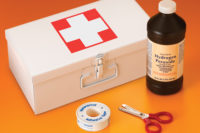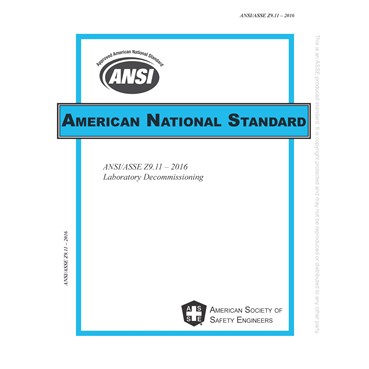On any given day, educational institutions house more than 20 percent of the U.S. population. As such, educational settings are ideal locations for AED deployment.
In the past, concerns regarding legal liability and litigation have been perceived as a barrier to purchasing and deploying AEDs.
However, a shifting paradigm has occurred during the past few years. Due to the increasing availability of AEDs, coupled with their proven success rate and low cost, organizations are now finding themselves having to justify the absence or non-use of an AED.
This recent trend has seen lawsuits filed when AEDs haven’t been used, aren’t available or are available but their presence isn’t advertised to the general public. As such, many entities are now acquiring AEDs and developing policies and procedures related to their storage, use and maintenance.
From the onset, it’s important to note that the overwhelming majority of jurisdictions afford some type of legal liability protection for AED users. Often, these protections are provided by Good Samaritan statutes. Typically, AED users are protected from liability so long as they act in a reasonable and rational manner. Liability protections generally don’t cover gross negligence or willful or wanton conduct, such as consciously seeking to injure the patient or using an AED in a non-accepted, non-standard way.
In the educational setting, many different statutes can play a role in determining what liability exposure, if any, school employees and staff members would face. This is particularly true with public institutions, for which staff members are public-sector employees.
Educational facilities shouldn’t allow liability concerns to dissuade them from instituting an AED program on their campus. Administrators should become familiar with the Good Samaritan and AED protections in their jurisdictions and structure AED programs to comply with statutory requirements.
Given the recent trends in AED litigation, a facility without an AED may, arguably, be more at risk for a lawsuit than one with an AED. Although the likelihood of success on these types of lawsuits is slim, the institution’s public image may be damaged.
By Andrew R. Roszak, JD, MPA, EMT-P, Member, Sudden Cardiac Arrest Foundation Advisory Council






